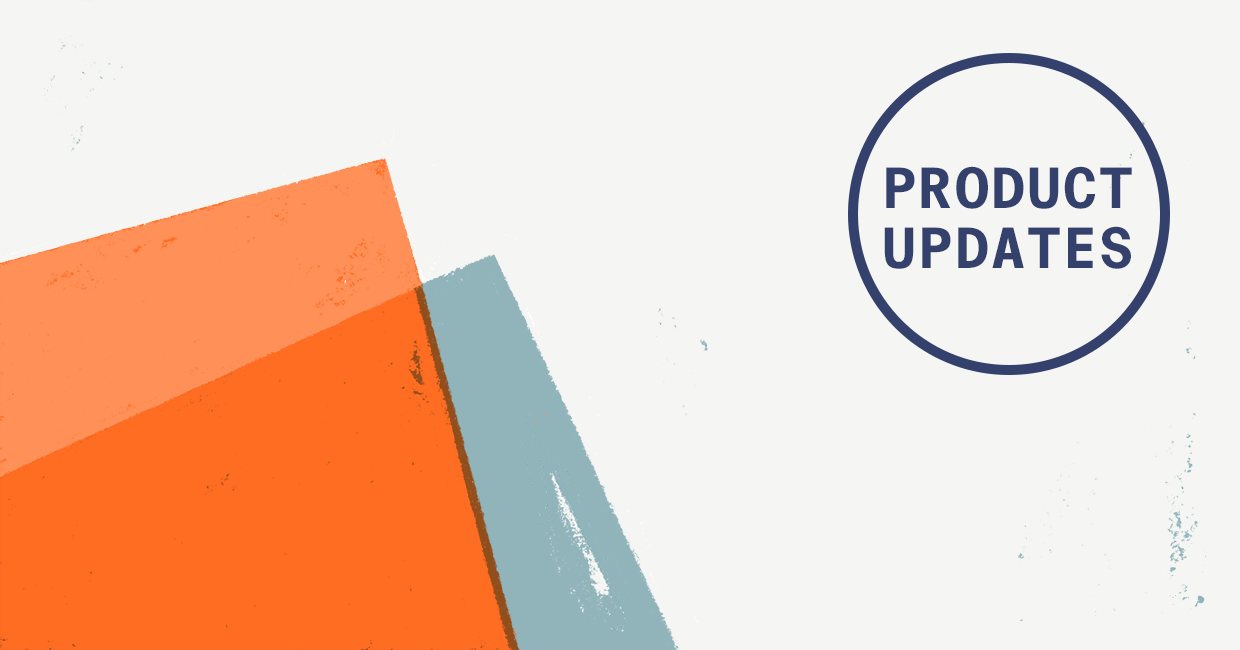How Your Feedback Works
This month, our Product Education Manager, Ronen Segall, interviews our Senior Product Manager, Rosie Chapman-Smith, on how customer feedback like yours is used to improve our product and services.
For your convenience, you can find the full interview transcribed below.
We Want To Hear From You
By working directly in Firmex, we’re sure that you’ve got unique insights into how a virtual data room can be improved. So we want to hear from you—on what you’d like to see now and in the future, to make Firmex better for you.
Our survey takes no longer than 5 minutes to complete and we appreciate your participation.
New Release Recap
In addition to the continuous improvements we’ve made to our product this month, check out some of our recent releases you may have missed:
Improved Firmex Viewer for Excel Documents
Optical Character Recognition
Two Factor Authentication with Google Authenticator
Hey it’s Ronen from Firmex. This month we’re launching our quarterly survey. We want to hear from you about how you use our product and ways that we could make that easier.
I thought it’d be worthwhile to speak to the person that’s going to be gathering that feedback and analyzing it. Rosie Chapman-Smith is our Senior Product Manager, and she’s on the call right now.
Can you tell me a little bit about your role with Firmex?
Rosie: Sure! I’m a Senior Product Manager. In my role I work directly with one of our agile teams responsible for developing our features, but also in the role of product. I evaluate and learn about our customers and their needs and gather feedback, so we can translate that into actionable items that we’ll build.
On that topic, what do you look for in terms of customer feedback?
Rosie: At the end of the day, the thing I’m really trying to understand is what the customer story is. Sometimes people call that a use case. I like “story” because it has that sense of coming together; a shared narrative. And really, stories are such powerful things. Once we’ve heard a story from one customer, we can then take it to our other customers. And once we have heads nodding and they say, “yeah, this really does sound like something we’d be interested in,” we can say, OK, we got something.
“Once we understand the goal and what our customer wants to do, it helps inform all our big decisions we make, but also many, many small decisions.”
We then take that up to our leadership team at Firmex and tell them that same story. And once they understand the value it gets on the roadmap, and again, the story helps us when we’re developing as our “guiding star”.
Once we understand the goal, and what our customer wants to do, it helps inform all our big decisions we make, but also many, many small decisions. And again, at the end of the day, once the feature is ready, we use that story to talk to our other customers and say, hey, we learned about this piece of information, and we developed this tool to help you work better. Is that going to help you as well? And then it’s out there and the cycle continues.
What kind of questions are you asking people to bring out that story?
Rosie: I like to break it down into a really simple way of thinking about it.
It’s the who, what, when, where, why and how. Very simple rubick there. We ask questions like:
- Who will be using it?
- What’s your role?
- What industry are you working in where this is useful to you?
- What do you want to accomplish with this?
- What’s your end goal?
- What are you trying to get done?
- When do you need to do this?
- Is there a particular point in your process you need to do it?
- Where are you going to use it on a recurring basis?
- Is this something you use every day of the week?
- Where are you located? Does that have an impact on your request?
For example, GDPR and other location-based laws have come up a lot recently and help guide our roadmap items. Really importantly, understanding why the feature or the improvement is going to have an impact for you. Is it really important? And of course, how:
- How much time is this going to save you?
- How would you like to see it built?
- How are you going to use it?
So those are simple ones.
How long does it take a “typical” feature to be released?
Rosie: I would say any features, typically, are pretty unique, depending on what we’re trying to build or achieve. At the end of the day, it could have an affect on things like technology requirements. We could look at how many other features we’re working on at the same time, which might affect that timeline. If you have many things in the hopper, it could be a matter of how complex the project is. Something like redaction took us many months to work on, versus a recent Excel Viewer release, where improvement was a smaller project to work on. It took a couple of months.
You mentioned Redaction, you mentioned GDPR… How do you prioritize between them?
Rosie: Again, it’s a matter of several things that we take into account. We might look at how this fits into our longer term plan. Is it a part of our larger vision for where we want to take the product? We asked things like, how does this serve the needs of the customers? “Is the needs of the many versus the needs of the few,” as Spock would say. Is the value supported by evidence? And have we gathered enough evidence to really tell this story and understand how it’s going to be used at the end of the day?
Can you give our customers some tips on giving you feedback? What would you love to hear?
Rosie: Let us know what you want to accomplish. What is your goal? What are you trying to move towards and how can we help you get there?
Share what’s of value to you or your company as it is. Is it something that’s going to affect a couple of people in a certain process, or is the effect going to be much larger?
Telling us the story, telling us the who, what, when, where, why and how.
And also keeping in mind when you’re giving feedback, it’s OK not to have a solution in mind. You can just let us know what you would like to improve on, how we can help you work more effectively. What are you doing right now that’s taking a lot of time? And we can help you with that.
“When you’re giving feedback, it’s OK not to have a solution in mind. You can just let us know […] how we can help you work more effectively.”
Anything else you want to let our customers know before they do this wonderful survey?
Rosie: I think all feedback is valuable. We love to hear from our customers and get them involved in that conversation. It really is such a huge factor in how we get things going, get into action. And of course, it’s always interesting and nice to meet-and-greet our customers face-to-face, and really learn about the people who are using our products.





